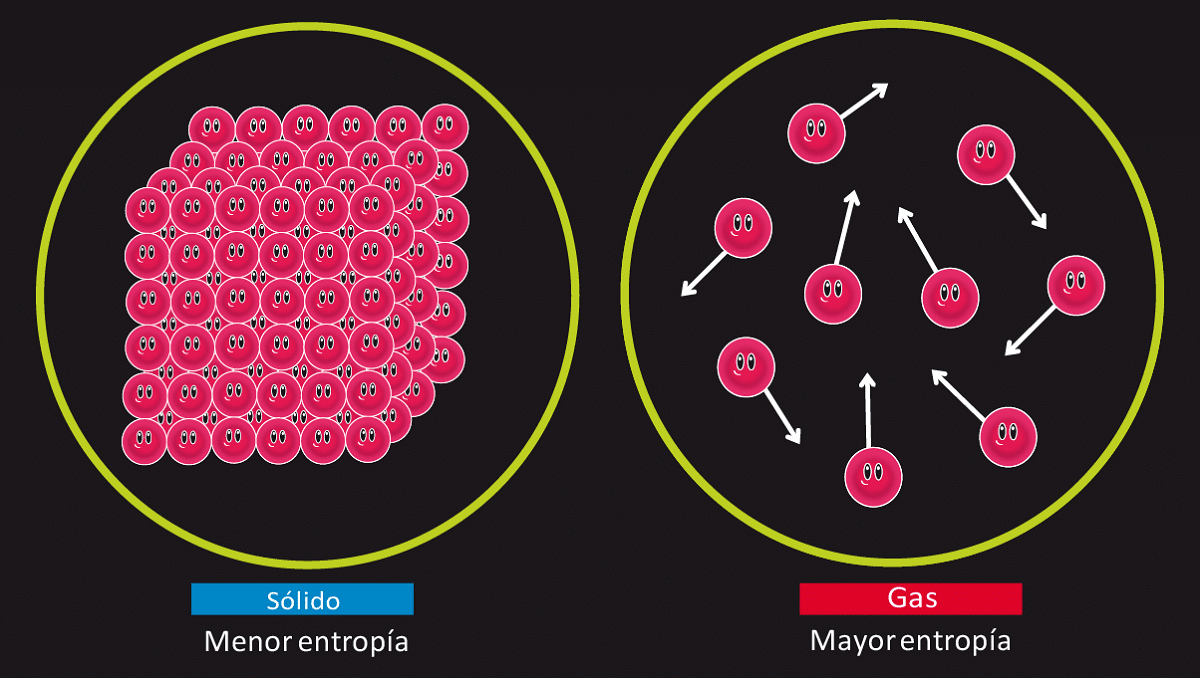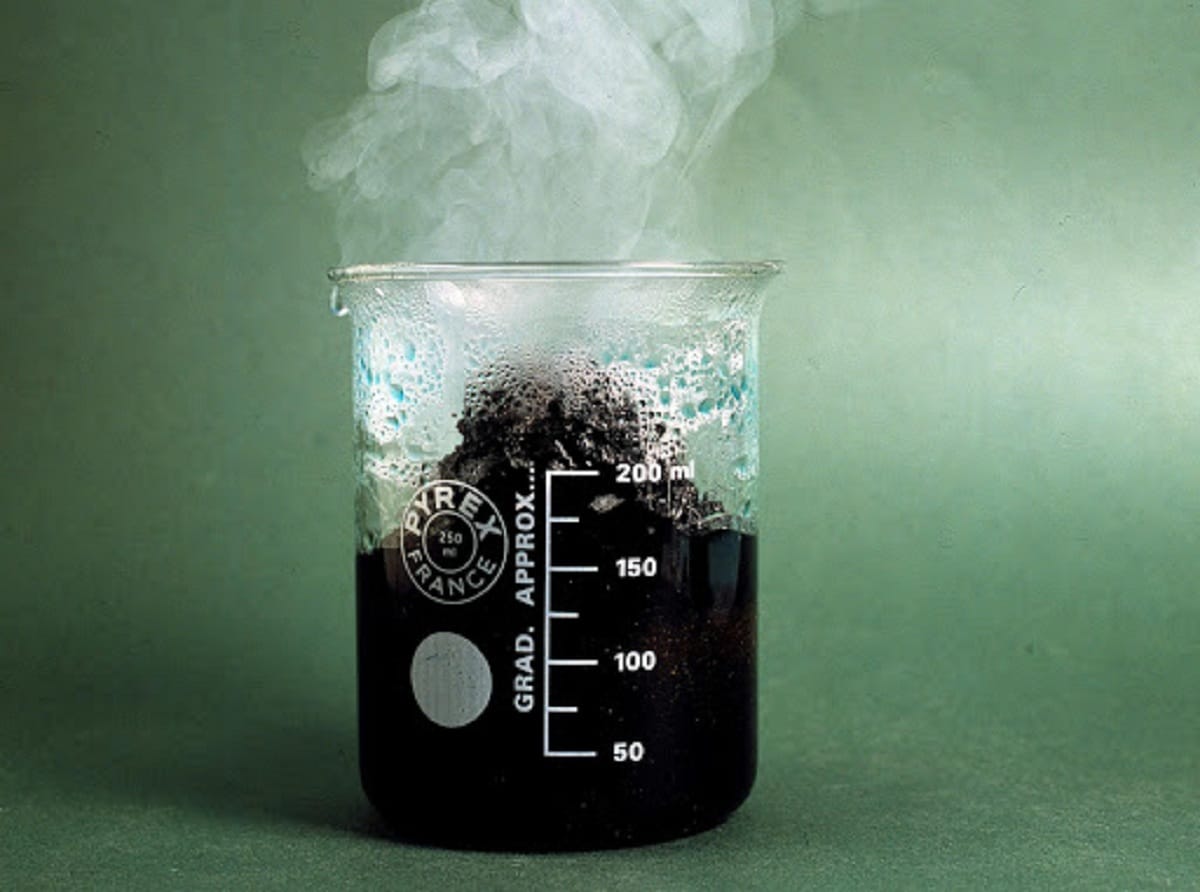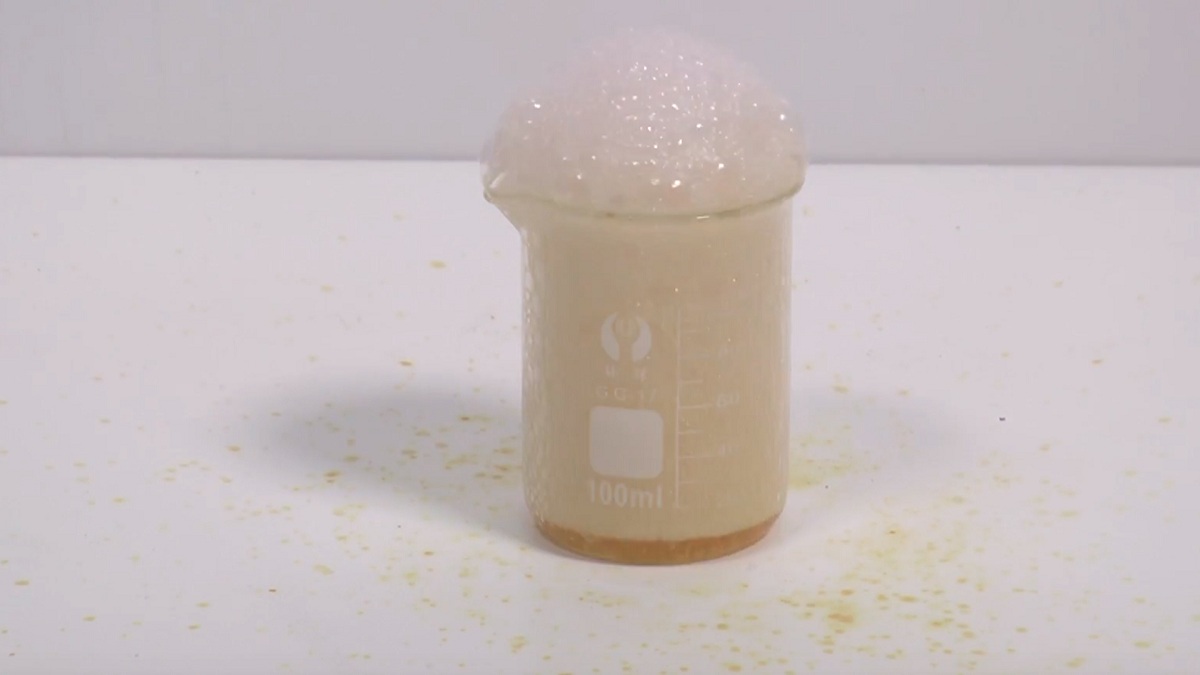
In both physics and chemistry a concept is used to measure the energy contained in the body. We are talking about the enthalpy. It is a type of measurement that indicates the amount of energy contained in a body or system that has a certain volume, which is under pressure and can be exchanged with the environment. The enthalpy of a system is represented by the letter H and the physical unit associated with it to indicate the energy values is the Joule.
In this article we are going to tell you all the characteristics and importance of enthalpy.
Key features

We can say that the enthalpy is equal to the internal energy that the system has plus the pressure times the volume of the same system. When we see that the energy of the system, the pressure and the volume are functions of state, the enthalpy is also. This means that, when the time comes, it can occur in certain final initial conditions so that the variable can help to study the entire system as a whole.
The first thing is to know what the enthalpy of formation is. Its about absorbed heat forgotten by the system when 1 mole of product substance is produced from the elements in normal state. These states can be solid, liquid or gaseous or in case of solution. The allotropic state is the most stable state. For example, the most stable allotropic state that carbon has is graphite, in addition to being under normal conditions of which the depression values are 1 atmosphere and temperature is 25 degrees.
We emphasize that the enthalpies of formation according to what we have defined are for 1 mole of compound produced. In this way, depending on the amount of existing reagent products, the reaction will have to be adjusted with fractional coefficients.
Formation enthalpy

We know that in any chemical process, the enthalpy of formation can be both positive and negative. This enthalpy is positive when the reaction is endothermic. That a chemical reaction is endothermic means that it can absorb the heat of the medium. On the other hand, we have a negative enthalpy when the reaction is exothermic. That a chemical reaction is exothermic means that it emits heat from the system to the outside.
For an exothermic reaction to occur, the reactants must have higher energy than the products. On the contrary, for an endothermic reaction to take place the reactants must have less energy than the products. So that the chemical equation of all this can be well written, it is necessary to comply with the law of the conservation of matter. That is, the chemical equation must contain the information on the physical state of the reactants and products. This is known as the aggregation state
You also have to keep in mind that substances that are pure have an enthalpy of formation equal to zero. These enthalpy values are obtained under standard conditions, such as those mentioned above, and in their most stable form. In a chemical system where there are reactants and products, the enthalpy of reaction is equal to the enthalpy of formation under standard conditions.
We know that the enthalpy of formation values of some inorganic and organic chemical compounds are established at conditions of 1 atmosphere of pressure and 25 degrees of temperature.
Enthalpy of reaction
We have already mentioned what enthalpy of formation is. Now we are going to describe what the enthalpy of reaction is. It is a thermodynamic function that helps to calculate the heat that has been gained or the heat that has been delivered during a chemical reaction. A trainer balance is sought, remains or receives both the reagents and the products. One of the aspects that must be fulfilled to calculate the enthalpy of reaction is that the reaction itself must occur at constant pressure. In other words, throughout the entire time it takes for the chemical reaction to occur, the pressure must be kept constant.
We know that enthalpy has dimensions of energy and that is why it is measured in joules. To understand the relationship of enthalpy to the heat that is exchanged during a chemical reaction it is necessary to go to the first law of thermodynamics. And it is that this first law tells us that the heat that is exchanged in a thermodynamic process is equal to the variation of the internal energy of the substance or substances involved in the process plus the work done by said substances during the process.
We know that all chemical reactions are nothing more than various thermodynamic processes that occur at a certain pressure. The most common pressure values are given under standard conditions of atmospheric pressure. Therefore, all thermodynamic processes that occur in this way are called isobaric, since it occurs at constant pressure.
It is very common to call enthalpy heat. However, it must be clear that it is not the same as heat, but heat exchange. That is, it is not the heat that can teach a lesson or the internal heat that the reactants and products have. It is the heat that is exchanged throughout the chemical reaction process.
Relationship with heat
Unlike what we have talked about before, enthalpy is a state function. When we calculate the enthalpy change, we are actually calculating the difference of two functions. These functions usually depend exclusively on the state of the system. This state of the system varies depending on the internal energy and volume of the system itself. Since we know that the version remains constant throughout the chemical reaction, the enthalpy of reaction is nothing more than a state function that depends on both internal energy and volume.
Therefore, we can define the enthalpy of the reactants in a chemical reaction as the sum of each of them. On the other hand, we define the same thing but in the products as the sum of the enthalpy of all the products.
I hope that with this information you can learn more about enthalpy and its characteristics.
